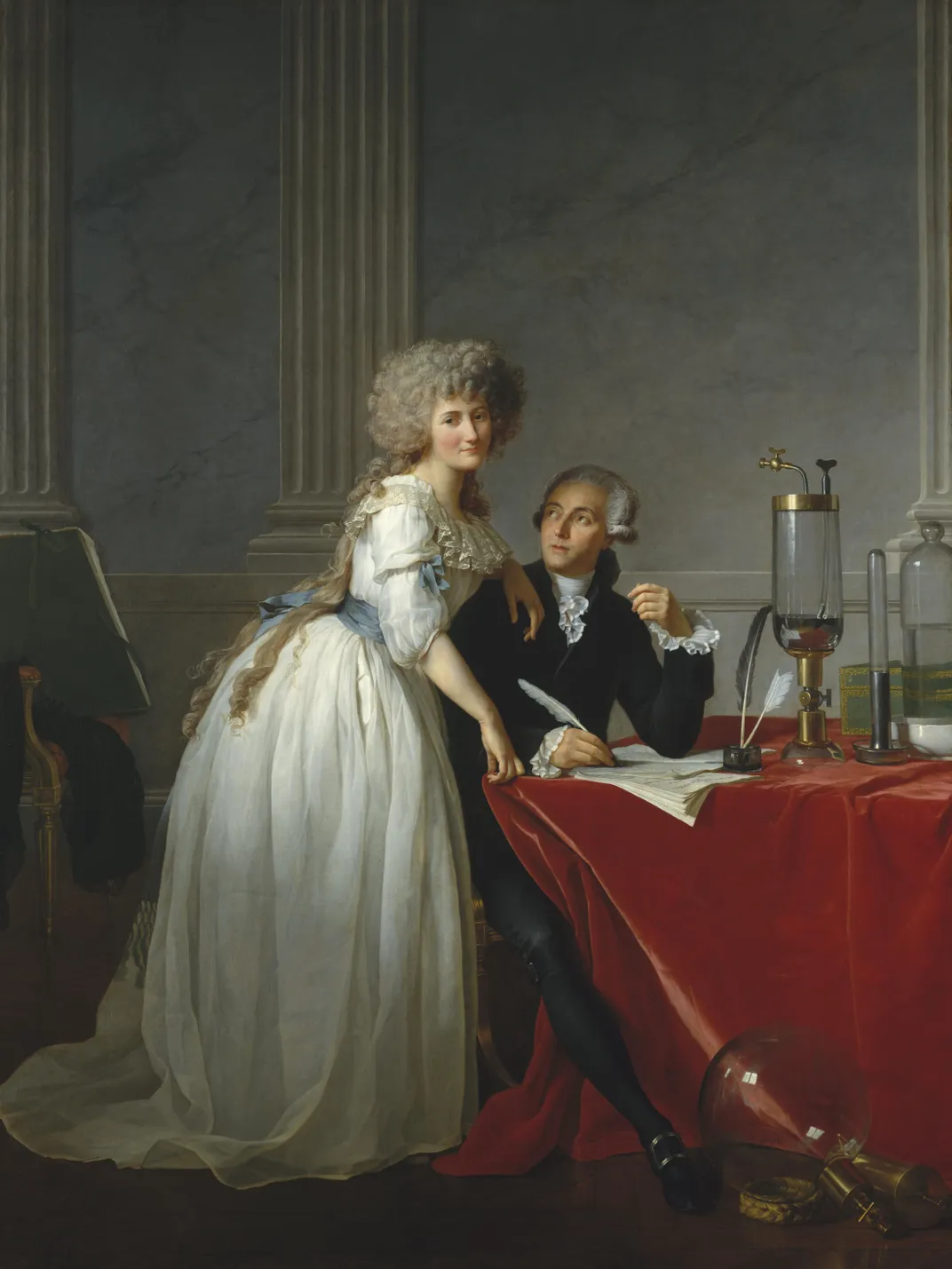The Father of Modern Chemistry Proved Respiration Occurred by Freezing a Guinea Pig
Where he got the guinea pig from remains a mystery
/https://tf-cmsv2-smithsonianmag-media.s3.amazonaws.com/filer/ac/17/ac1749c7-c8b3-444e-a32d-ee282db1795f/guinea-pig-242520_960_720.jpg)
Antoine Lavoisier gave oxygen its name, from the Greek words for “acid-former.” But that wasn’t his only contribution to scientific understanding of what it does.
Born August 26, 1743, Lavoisier “is considered the father of modern chemistry,” according to University of Missouri Libraries. He was one of the first people to relate chemistry to the science of bodies, physiology, and study what we now call metabolism and respiration. One of his most memorable proofs that bodies underwent some of the same processes as the world around them was the time he froze a guinea pig.
Oxygen was first isolated by Joseph Priestley, a British chemist studying air, in 1774. Priestley called it “dephlogisticated air,” because he thought it was “pure air” that lacked phlogiston, an element that eighteenth-century scientists thought was produced by something burning but was also present in normal air.
Lavoisier didn’t think that Priestley was right about phlogiston, prompting a long-running battle. Lavoisier didn’t believe Priestley because of his own groundbreaking approach to chemistry. Lavoisier believed that “matter–identified by weight–would be conserved through any reaction,” writes Chemical History. Today this is known as the law of conservation of mass. What it means is that the same amount of matter that goes into a chemical reaction comes out of it. This central belief led him to study how the gases present in air related to fire and to breathing. Writing for io9, Esther Inglis-Arkell explains how this led Lavoisier to torment the poor rodent.
Lavoisier noticed that, just like a fire, people and animals seemed to warm themselves. Also like a fire, if people stayed in an unventilated room, they would eventually transform the air into a gas that smothered them. Lavoisier realized that the two processes, a fire burning and people breathing, were equivalent. Although he couldn't prove the chemistry involved, he could prove the basic physics. One of the main problems with his theory was that, unlike fire, animal-produced heat was so minor. How could it be measured?

Guinea pigs, which are native to modern Peru, had been in Europe for at least a few hundred years as pets for wealthy Europeans, writes Maev Kennedy for The Guardian. Where Lavoisier got the guinea pig he used in the world’s first animal calorimeter remains a mystery. To measure the heat that was produced by breathing, he placed a guinea pig in a bucket that was nested inside another bucket filled with ice. The ice bucket was in turn nested in a bucket filled with snow–which was just there to insulate the ice, writes Inglis-Arkells. The guinea pig didn't freeze to death, but was presumably pretty cold surrounded by all that ice.
“Lavoisier collected the melted water, and when he at last got about a kilogram of it, calculated that the melting of the ice required about 80 kilocalories of energy from the guinea pig,” she writes. “He believed that the energy came from a process known as respiration, which turned oxygen into carbon dioxide and heat, the same way a burning piece of wood might.”
“Through this experiment, Lavoisier was able to demonstrate that respiration was a form of slow combustion,” writes the University of Missouri Libraries. He continued exploring the ways that chemistry shapes bodies, even drawing links between food and metabolism, until his untimely death by beheading in 1794, during the French Revolution.